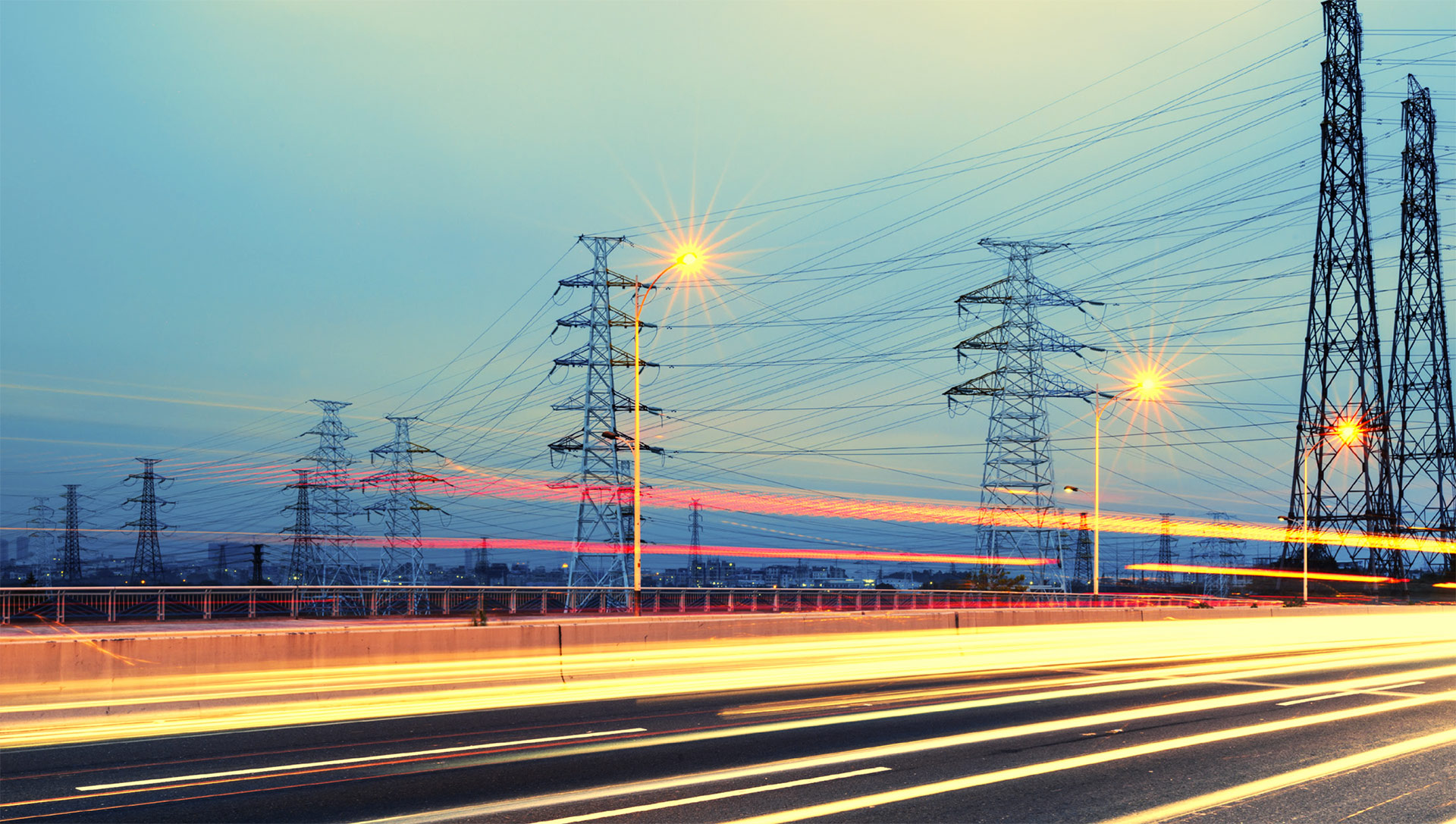Governments and utilities need to pay attention in the current global anti-establishment environment. Driven by increased energy efficiency and the relocation of electricity-intensive industries, electricity demand and consumption has steadily declined in many developed markets during the last decade, according to the International Energy Agency (IEA). Yet middle- and working-class households, as well as small businesses, are spending more of their income on regulations and aging infrastructure compared to their parents’ generation. This economic reality is driving frustration among consumers, who will challenge the status quo—one that was built by and around utilities. The Brexit vote and US presidential election made the political ramifications of consumer frustration apparent. That’s why utilities, governments and regulators need to reform their business, policy and regulatory mandates with the consumer as a central driver for change.
Historically, energy providers have operated in a monopolistic and often regulated cost-plus environment. They’ve focused on safety and reliability with their operations driven by an engineering mindset. Over the past few decades, customer frustrations have created a deregulation backlash. In a very real sense, the meter itself was the customer with little incentive to understand the person or business behind it. Utilities directed significant investments toward building generation, transmission and distribution assets, which were typically recouped from consumers over decades. These infrastructure investments now represent a substantial portion of an individual’s energy bill and cannot be influenced by the consumer’s efforts to conserve energy.















